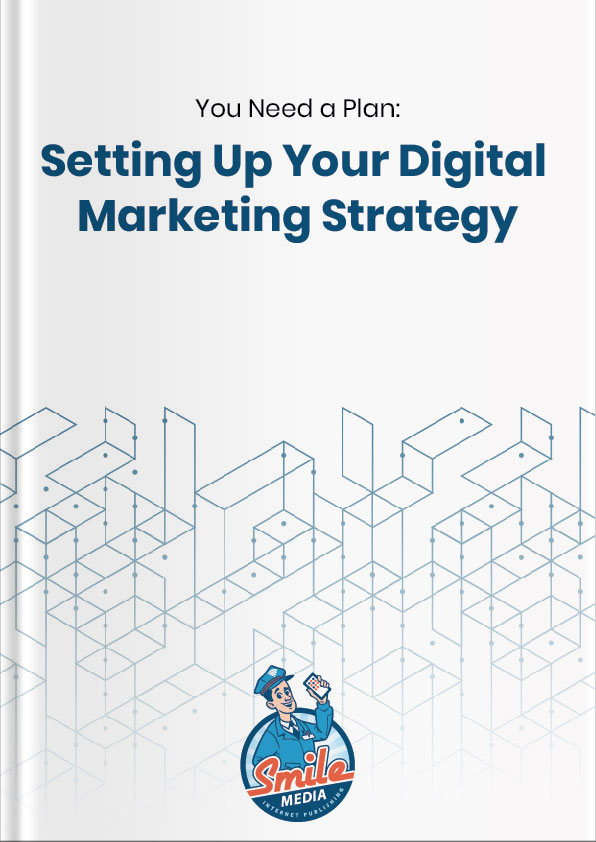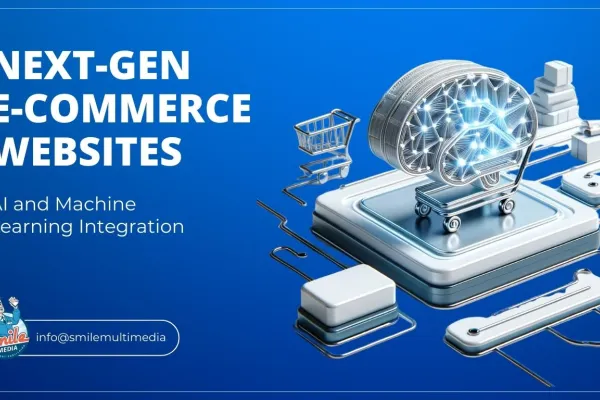Did you know that, according to a reputable Digital Asset Management (DAM) solution company, WebDam, there were over 5,381 marketing specific technologies available in late 2017. That’s a big number. This also represents 40% increase over the available marketing technologies in 2016.
Many of these technologies have indecipherable acronyms to go with them, some of which vaguely explain their purpose or function. Among the growing number of acronyms in the world of web development and programming, there are many which most people (who aren’t professional developers) don’t really need or care to know about.
The term API, however, is an acronym that anyone who utilizes software applications for any purpose – personal or business – should know about. If you don’t fully (or even partially) understand the term, that’s okay; we’re going to simplify it for you.
Defining the Acronym “API”
API is one of those acronyms that sound much more complex to understand than it actually is. API stands for “Application Programming Interface.” Okay, so, what does that mean? Let’s break it down to the absolute basics.
It’s going to sound like we’re talking to a young child for a minute, but please don’t be offended. Explaining the concept of an API is easier to explain when it is broken down piece by piece.
Application
You’re reading this blog, so we’re 99.999999% sure you know what an application is; it’s a software program designed for specific use. If you have an iPhone, you probably have dozens of applications (apps) that came standard with your device, plus any additional ones you have downloaded.
But, as you know, applications aren’t always or only used on mobile devices. If you use an email provider on your desktop computer – that’s an application. If you use an online banking portal – from any device – that’s an application.
In the instance of an online banking app, the application allows you to monitor your banking activity online, vs. having to go to the bank or wait for your monthly statements to arrive by mail. Applications help us do things in a more convenient way.
Programming
Next up – programming. Programming refers to the codes and rules that dictate how a software program or application works. Your computer knows to turn on when someone clicks the “on” button because someone programmed it that way.
Computer programmers use the appropriate coding languages to write everything from simple “on” and “off” commands for your computer, to the most complex rules and algorithms that help Google bots decide what website show up first in searches.
Interface
There are two main types of interfaces to understand when talking about APIs. A user interface is essentially the visual and tangible tool that allows you to make a specific request within an application.
For example, when you log into your bank account to view your balance, transfer money, or look for a specific transaction, you log into your banking user interface. By using the options available in your user interface, you trigger the application to answer specific questions that the program allows.
However, when we talk about APIs, we are talking about software to software interfaces, which users can’t see at all.
API: The Messenger
The API is the messenger that sends your request to a server, database or other application; it finds the information you requested and brings it back to the application you are using, where it is then translated and presented in the user interface in way that you can understand it.
For example; you have likely used an online application to purchase things like movie or concert tickets. When you use the application to purchase tickets online, you enter your credit card information as payment. This payment information is then sent to another application, which confirms whether your credit card information is accurate and acceptable. This verification process is done using an API.
The application which verify whether your credit card information was accurate then sends a response back to the application you used to enter your information. This is also powered by an API. The process of communication between the two applications, which happens behind the scenes, is made possible by API technology.
The above example discusses a simple API used to connect just two applications, but much of the time, we use applications which utilize API technology to connect multiple applications on the back end. The power of API technology is significant, and to the user, is often completely invisible.
Common APIs
Some API technology you have likely already heard of and/or use (whether you realize it or not), include:
WordPress
Plugins make it possible for WordPress users to add functionality to their website without having to leave. For example, the Yoast plugin allows users to analyze the SEO optimization of each page right from the WordPress platform.
Shutterstock
Users can search for images and other media directly from their website, or, when using Facebook or Microsoft to create ads, they can utilize the platform’s APIs to search images from whatever application they are already in.
Hootsuite
Hootsuite allows users to integrate multiple social media platforms into one, so users can schedule posts to one or more platforms all from the main dashboard.
Dropbox
Dropbox is a popular online application which can easily be integrated with many other widely used applications. It serves as a secure place to store images and files, saving space on your hard drive, and helping you keep important information safe and organized.
These are just a few examples of common APIs. Now that you’re probably starting to get a handle on the term, you can probably think of a few more…
Need API Development?
It isn’t difficult to understand that the benefits of APIs are extensive. They help make people’s lives easier and more convenient. And, as a business, they help improve operational efficiencies and improve the user experience significantly.
Any successful digital agency in Boston understands the importance of utilizing APIs to develop robust and scalable web solutions.
At Smile MEDIA, our software development team is highly skilled at building APIs to allow applications to talk to each other. If you’re wondering what APIs can do for your business, contact Smile MEDIA today to get started.










